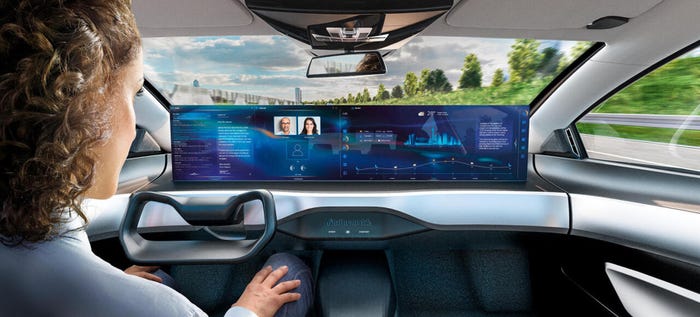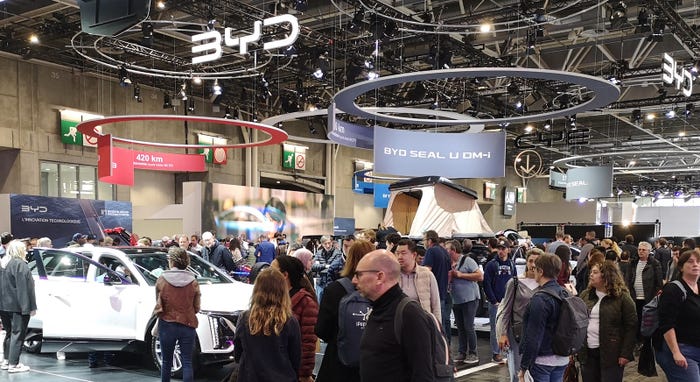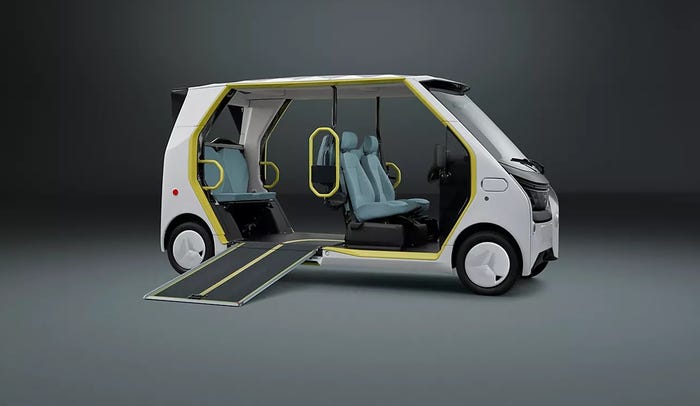Stellantis Sees Virtual Cockpit Boost With Latest Partnership
Automaker's tie-up with BlackBerry and AWS accelerates the speed of design and testing of driver instrumentation and controls.

Just as ‘digital twins’ are used to test automated driving technology, Stellantis is using it to test and refine instruments and controls in a virtual cockpit.
Its latest collaboration sees it partner with BlackBerry and Amazon Web Services to accelerate capabilities in the on-board user experience that is now so vital for the digital age. The automaker, which pioneered the world’s first Virtual Engineering Workbench, has enlisted BlackBerry’s QNX Hypervisor cloud platform accessed through AWS Marketplace within the QNX Accelerate portfolio of cloud-based tools.
Stellantis says this new partnership allows it to create realistic virtual versions of car controls and systems, making them behave as they would in a real car but without needing to change the main software that runs them. The move means design and testing tasks that would usually take months can now be achieved within 24 hours in some cases.
It claims that with tools such as virtualization of graphics, audio and touchscreen/mouse/keyboard inputs, the new platform offers little to no difference between running QNX Hypervisor-based systems in the cloud versus using real hardware.
Stellantis says this accelerates customer feedback sessions and, with minimal effort, replicates the cockpit experience of a particular brand and vehicle and makes changes in real-time to improve the experience for the driver.
Yves Bonnefont, chief software officer at Stellantis, says: “Software is becoming increasingly crucial in vehicles, leading us to innovate in how we develop and validate it. With our virtual cockpit, we’re revolutionizing not just our approach but also that of our suppliers and partners in the industry. Essentially, we’re able to get closer to our customer’s needs through this technology with faster development cycles, faster feedback loops and quicker delivery of the technology they use and love. It’s a leap towards customer-first innovation and efficiency in the automotive world.”
About the Author
You May Also Like



.jpg?width=700&auto=webp&quality=80&disable=upscale)

